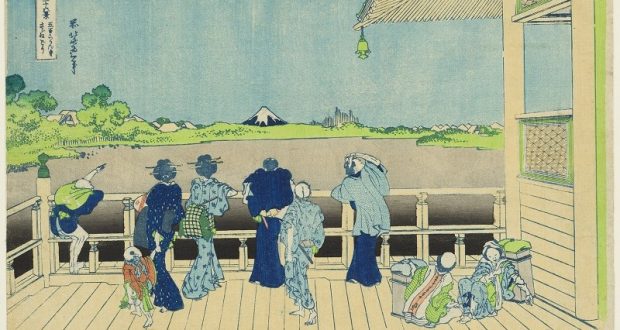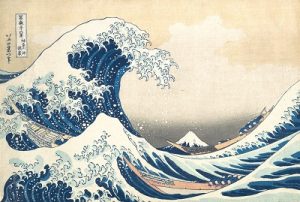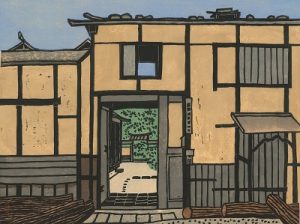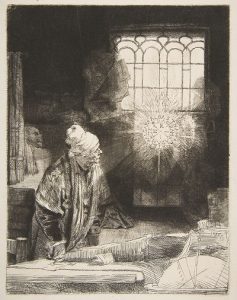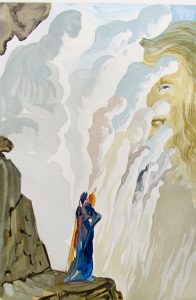By Sal Maccarone
Long before the invention of moveable type and the printing press, wood was used as a means of transferring imagery, and for reproducing important documents in print. A form of woodblock printing was implemented by the Chinese to print books more than 1000 years ago. As a means of printing on cloth, the earliest known examples date back almost 2000 years! This is an ancient technique that is still used to transfer images, patterns, and words onto textiles or paper. The technique is simple, and has remained relatively unchanged since the first woodblock was cut for this purpose. As a matter of fact, the process is so straight forward that we now just call this type of printmaking “Woodcut” for short.
Wooden blocks used for printmaking are usually made of a hardwood such as maple, pear or beech which is sawn vertically along the grain. The block is then seasoned to reduce warping and cracking. The ideal thickness of a finished print block is about one inch.
To make a woodcut (or master) that is to be used for printing, the design or lettering is first drawn in reverse onto a wooden block. The wooden block is then cut (or carved) in a way that the area to be printed remains at the surface level. In other words, the background, or area not to be printed, is the area that is cut away.
The actual art of carving the wood block is known as Xylography. Once carved, the block will then be “inked” and brought into contact with the material that is to be printed on. Because the design is laid out in reverse on the block, a normal view will be the end result of the print. For multi-color printing, separate woodcuts for each color are used.
In Japan, woodblock printing was taken to a whole new level between the 17th and 19th centuries. This is known as the Edo Period, a dividing point in Japanese history, (Edo is present day Tokyo). The artistic genre known as “Ukivo-e” which translates roughly to mean, (pictures of the floating world), utilized this type of print making. The incredible woodblock prints which were produced during that time featured motifs of landscapes, history, and theater; all portrayed in beautiful colors. The development of Japanese printmaking in Edo began with the early monotone woodcuts, and then ended with multi-color prints by Ukivo-e masters.
When you think about it, there are really three different forms of art involved in the woodcut printing procedure; the drawing and layout, the carving of the woodblock, and then the mixing of colors for the actual print. The woodcut process is still used today by artists all over the world. A few famous artists that have used the technique include: Rembrandt van Rijn, Francisco Goya, Salvador Dali, Pablo Picasso and Andy Warhol.
Sal Maccarone

